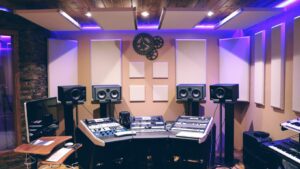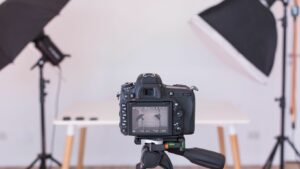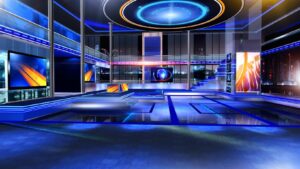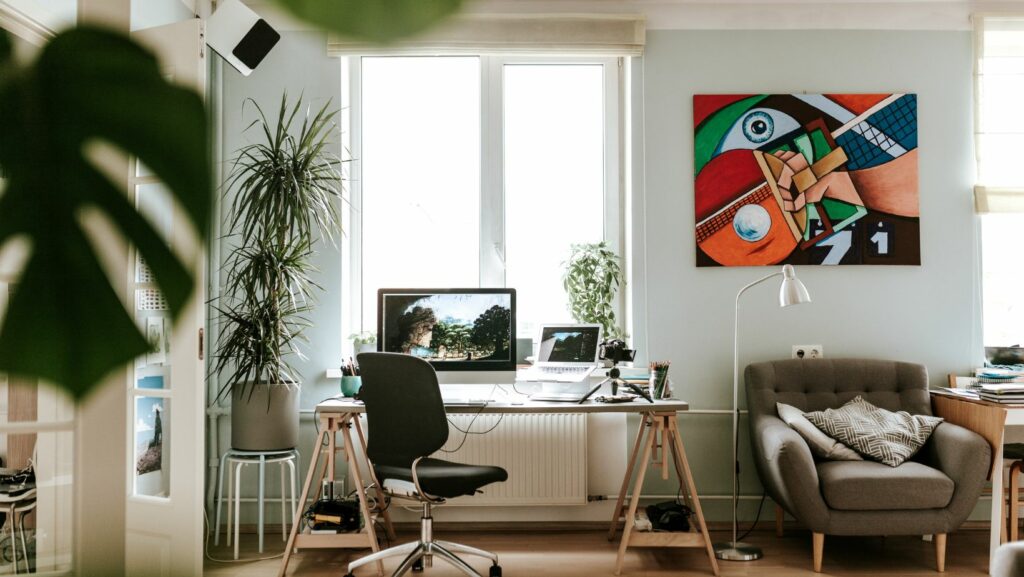 Creating a home studio has never been more accessible or exciting. With advancements in technology, musicians, podcasters, and content creators can now produce professional-quality work from the comfort of their own homes. But diving into the world of home studio gear can feel overwhelming with so many options available. Whether you’re a seasoned pro or just starting, selecting the right equipment is crucial for achieving the ideal sound quality. From microphones and audio interfaces to studio monitors and acoustic treatment, each piece plays a vital role in shaping your project’s outcome. Understanding the essentials can help streamline the process and enhance your creative endeavors. Investing in the right gear doesn’t just elevate your work; it also provides the flexibility to explore and experiment with different sounds and styles. As the landscape of home recording continues to evolve, staying informed about the latest trends and tools can empower creators to push their boundaries and craft exceptional audio experiences.
Creating a home studio has never been more accessible or exciting. With advancements in technology, musicians, podcasters, and content creators can now produce professional-quality work from the comfort of their own homes. But diving into the world of home studio gear can feel overwhelming with so many options available. Whether you’re a seasoned pro or just starting, selecting the right equipment is crucial for achieving the ideal sound quality. From microphones and audio interfaces to studio monitors and acoustic treatment, each piece plays a vital role in shaping your project’s outcome. Understanding the essentials can help streamline the process and enhance your creative endeavors. Investing in the right gear doesn’t just elevate your work; it also provides the flexibility to explore and experiment with different sounds and styles. As the landscape of home recording continues to evolve, staying informed about the latest trends and tools can empower creators to push their boundaries and craft exceptional audio experiences.
Home Studio Gear
Choosing the right home studio gear elevates creativity and quality. Essential equipment includes computers, software, audio interfaces, and microphones.
Computer and Software
 A powerful computer and compatible software form the backbone of any home studio. Computers with multi-core processors and at least 16GB RAM handle demanding audio tasks efficiently. Software like Ableton Live, Pro Tools, and Logic Pro X offer comprehensive tools for recording, editing, and mixing.
A powerful computer and compatible software form the backbone of any home studio. Computers with multi-core processors and at least 16GB RAM handle demanding audio tasks efficiently. Software like Ableton Live, Pro Tools, and Logic Pro X offer comprehensive tools for recording, editing, and mixing.
An audio interface converts analog signals to digital audio and vice versa. It significantly impacts sound quality. Popular models like the Focusrite Scarlett, Audient iD, and PreSonus AudioBox offer high-quality preamps and a range of connectivity options for home recording.
Microphones
Microphones capture sound accurately and define audio clarity. Condenser microphones like the Audio-Technica AT2020 and Rode NT1-A are ideal for vocals and acoustic instruments. Dynamic microphones, such as the Shure SM57, work well for louder sources like drums and amplified guitars.
Monitoring Equipment
Monitoring equipment in a home studio ensures accurate sound reproduction, crucial for achieving studio-quality audio. Key components include studio monitors and headphones, each serving unique purposes in the audio production process.
Studio Monitors
Studio monitors play a vital role in providing a flat frequency response, allowing users to hear authentic audio without coloration. Active monitors, which have built-in amplifiers, are popular for home studios. Models like the Yamaha HS series and KRK Rokit are well-regarded for their clarity and balance. It’s important to position monitors correctly, ideally forming an equilateral triangle with the listener for optimal sound dispersion.
Headphones
Headphones complement studio monitors by offering detail during monitoring sessions. Closed-back headphones, such as the Audio-Technica ATH-M50x, excel in isolating external noise, making them suitable for tracking and recording. Open-back designs like the Sennheiser HD 650 provide a natural listening experience beneficial for mixing. Selecting headphones with wide frequency response ensures accurate audio representation.
Recording Accessories
Recording accessories play a vital role in maintaining the functionality and organization of a home studio. These seemingly minor components significantly impact sound quality and ease of use.
Cables and Stands
 Cables ensure seamless audio signal transfer between devices, impacting sound clarity and reducing interference. Balanced XLR cables, often used for microphones and studio monitors, deliver enhanced signal integrity. Unbalanced cables like TS cables suit instruments, though balance remains key in longer runs.
Cables ensure seamless audio signal transfer between devices, impacting sound clarity and reducing interference. Balanced XLR cables, often used for microphones and studio monitors, deliver enhanced signal integrity. Unbalanced cables like TS cables suit instruments, though balance remains key in longer runs.
Stands provide stability and optimal positioning for microphones. Adjustable mic stands allow precise placement to achieve desired sound capture without obstruction or vibration interference. Guitar stands and keyboard stands offer similar benefits, maintaining instrument accessibility and safety.
Acoustic Treatment
Acoustic treatment minimizes sound reflection and absorption, crucial for accurate recording and mixing. Absorption panels reduce echo and reverberation, aiding in capturing clear, focused sound. Bass traps, positioned in corners, address low-frequency issues that compromise audio fidelity.
Diffusers scatter sound waves in diverse directions, retaining a room’s natural ambiance without unwanted reflections. Placement optimization enhances studio acoustics, contributing to professional-quality audio production. Acoustic foam, strategically positioned, enhances this setup, further refining acoustic characteristics.

